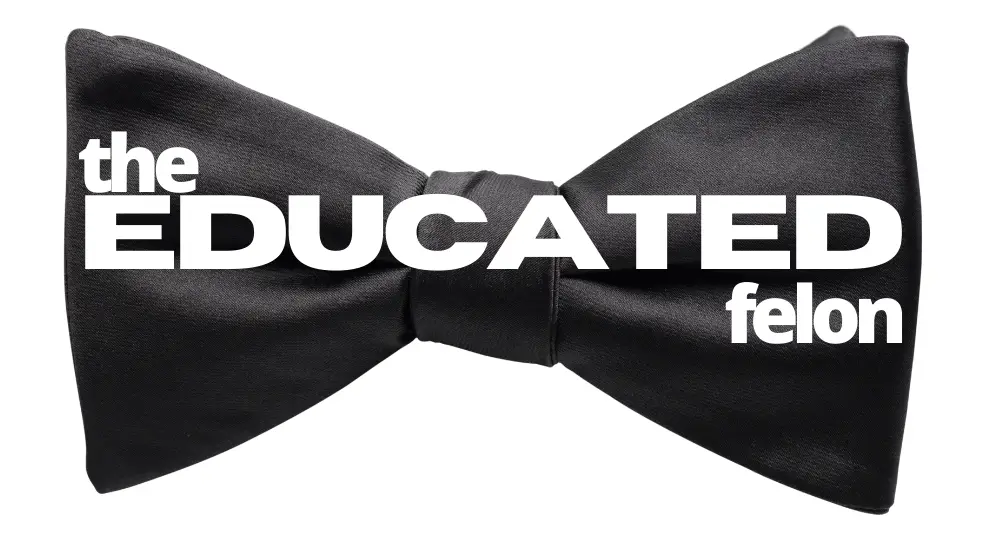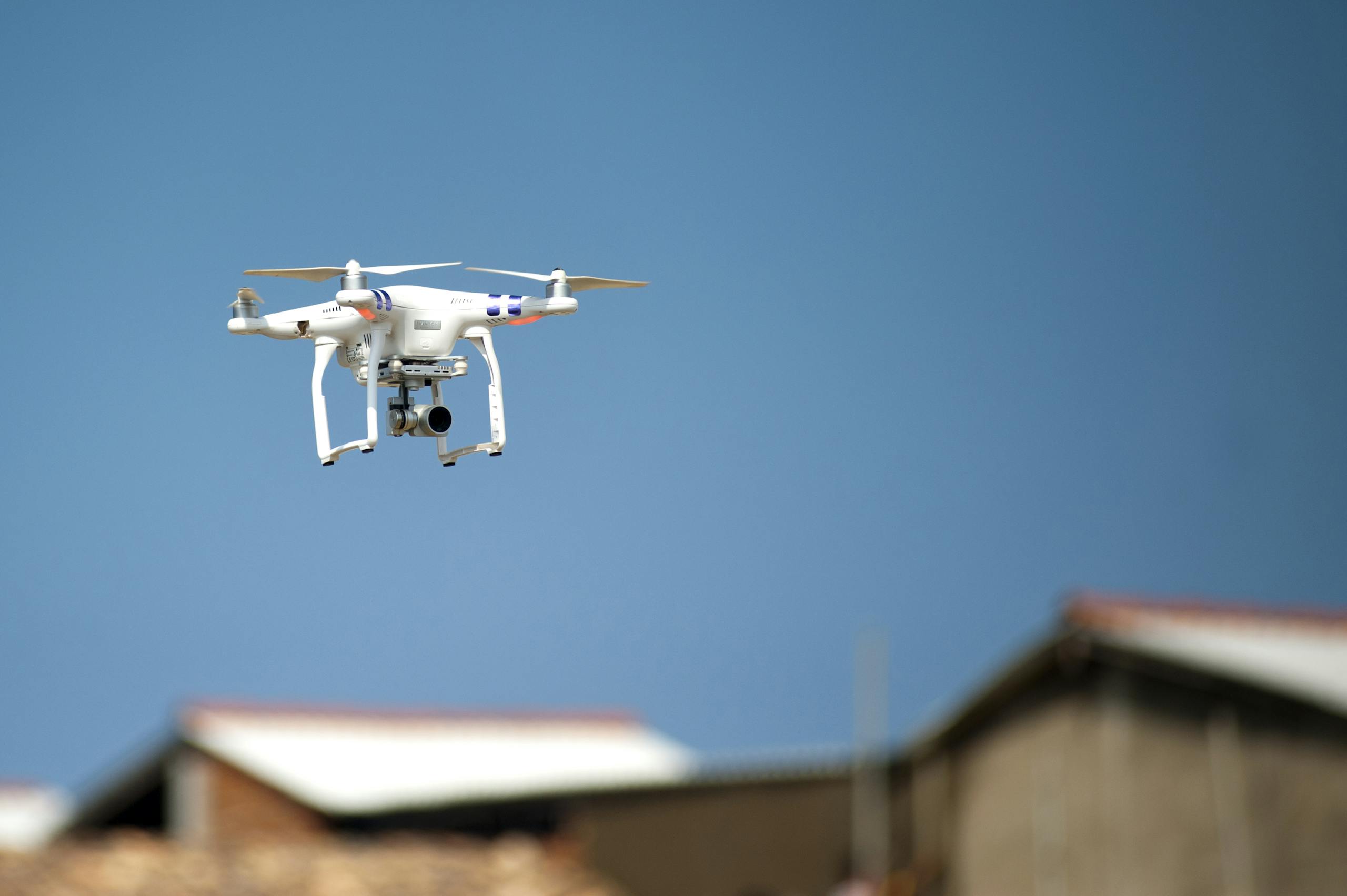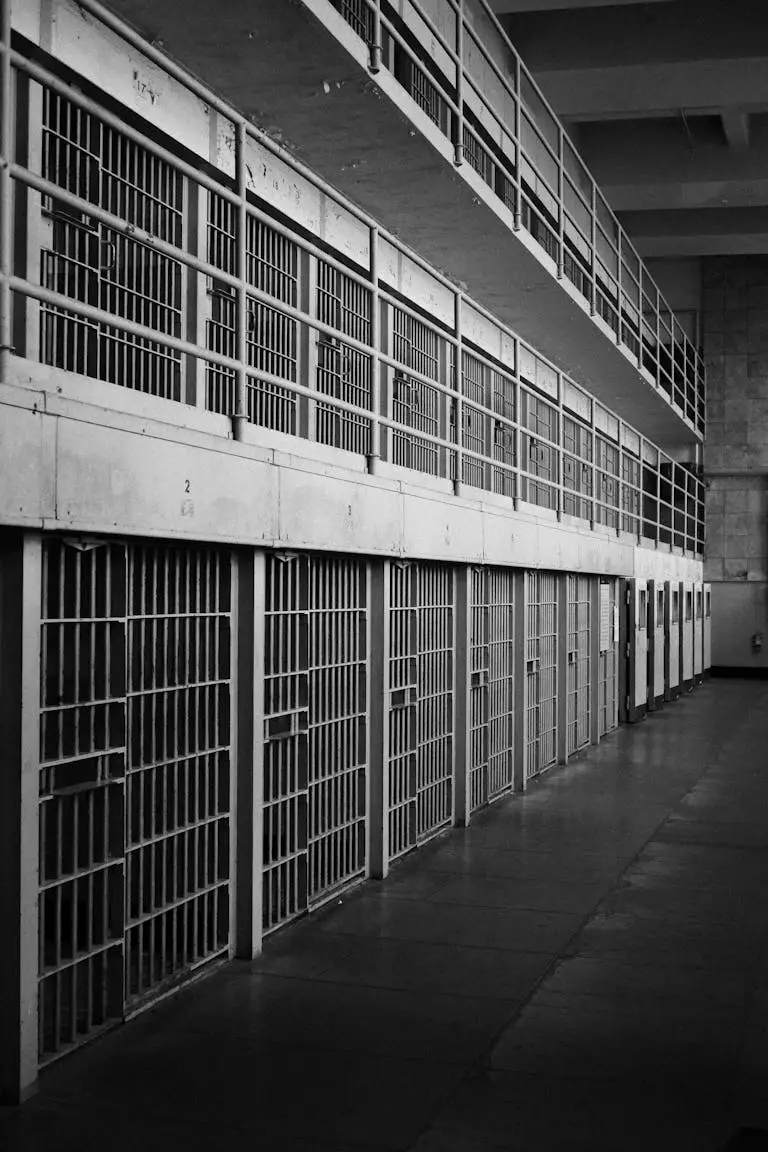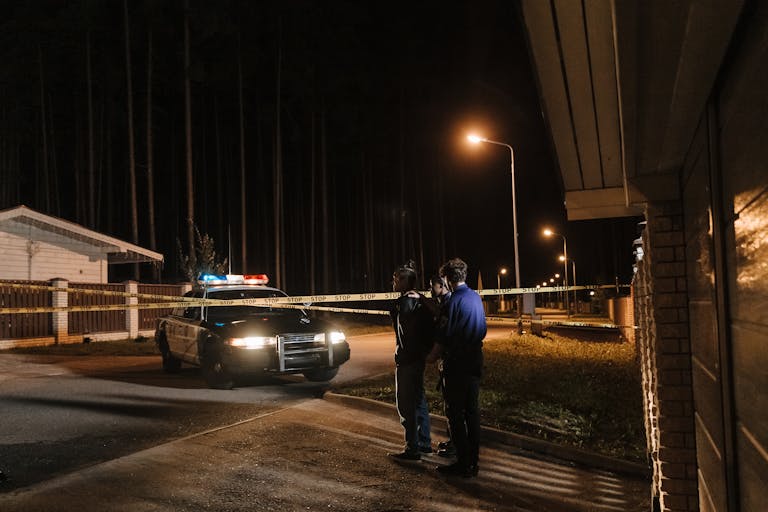Can Drones Monitor You on Probation? Your Privacy Guide (2025)
Understanding drone surveillance during your probation sentence in 2025. Learn about your privacy rights, monitoring methods, and what to expect in the age of automated supervision. Should you be worried?
Introduction
You’re sitting in your backyard, trying to enjoy a moment of peace while serving out an otherwise wonderful day on probation (note: sarcasm) when you hear it – the faint whirring buzz of a drone hovering overhead.
But it’s not just passing by; it’s watching you, recording you, gathering intel, and analyzing your every move. This isn’t a science fiction movie—it’s the new reality for thousands of individuals on probation in the year 2025, and the scary thing is it’s only getting started.
“I feel like I’m living in a fishbowl,” says Marcus, who’s been on probation for eight months. “The drones aren’t just watching me- they’re learning my patterns, my habits. It’s psychological warfare. This is causing me a lot of anxiety, and I”m getting a little paranoid“.
As technology evolves, so do the criminal justice system’s monitoring capabilities. In 2024, over 30% of probation departments reported using or planning to implement drone surveillance programs. This small guide explores what this means for individuals under probation as supervision.
| Drone Surveillance Statistics 2023-2024 | |
| Departments using drone monitoring | 30% |
| Average daily monitoring duration | 4.2 hrs |
| Surveillance accuracy rate | 92% |
| Privacy violation claims | 15% |
| Cost savings vs. traditional methods | 65% |
Current State of Drone Surveillance
The integration of drones into probation monitoring represents a significant shift from traditional supervision methods. Modern surveillance drones can:
- Maintain 24/7 monitoring with thermal imaging
- Track movement patterns and identify suspicious activities
- Monitor home confinement compliance
- Detect potential probation violations
- Integrate with GPS ankle monitoring systems
What this all means is that you and we should be afraid, be very afraid. With recognition patterns and the ability for the drone to detect whom and when someone was there, many liberties may not be taken as previously gotten away with human monitoring. In other words…you cannot get away with shit (as much).
The Dark Side of Progress: Understanding Modern Surveillance
Modern surveillance drones aren’t just flying cameras – they’re advanced monitoring stations equipped with:
- AI-powered behavior analysis
- Thermal imaging that can “see” through walls
- Pattern recognition algorithms
- Facial recognition capabilities
- Sound monitoring up to 100 feet
- Integration with smart city systems
The reality of modern drone surveillance extends far beyond simple monitoring. Martha, a nurse under house arrest, describes the constant presence as “like living with an invisible roommate who judges your every move.”
The psychological weight of knowing that AI systems are constantly analyzing your behavior, predicting your actions, and making automated decisions about your compliance creates a new form of confinement that many find more challenging than traditional supervision methods.
Real-world example: In March 2024, a probationer in Nevada was violated for “suspicious gathering” when a drone’s AI incorrectly interpreted a family barbecue as an unauthorized meeting. While the violation was eventually dismissed, it took three weeks and thousands in legal fees to resolve.
| Drone Surveillance Reality Check 2024 | |
| Average daily monitoring episodes | 6-8 times |
| False violation alerts | 23% |
| Privacy complaints filed | 2,450 |
| Cost per monitored individual | $175/day |
| Thermal imaging accuracy | 98% |
The Technical Reality (What They’re Not Telling You)
Current surveillance drone capabilities that directly impact probationers and those on house arrest:
- Heat Signature Monitoring
- Can detect additional persons in your home
- Monitors cooking activities
- Tracks sleeping patterns
- Identifies electronic device usage
- Movement Analysis
- Creates behavior patterns
- Flags “suspicious” deviations
- Monitors visitor frequency
- Tracks exercise routines
- Audio Surveillance
- Detects arguments or gatherings
- Monitors noise levels
- Records conversations in outdoor spaces
- Identifies vehicle sounds
Behind the technical specifications lies a deeply human cost. “It’s not just about being watched,” explains Dr. James Wilson, a psychologist specializing in supervised individuals. “It’s about living in a state of constant awareness that every movement, every guest, every deviation from your normal routine could trigger an alert. The system doesn’t understand context – it only sees patterns and deviations. This creates a kind of psychological prison that extends far beyond the physical restrictions of supervision.”
Sarah, currently under house arrest, shares: “They know when I shower, when I cook, even when I have an argument with my spouse. The mental toll is enormous.”
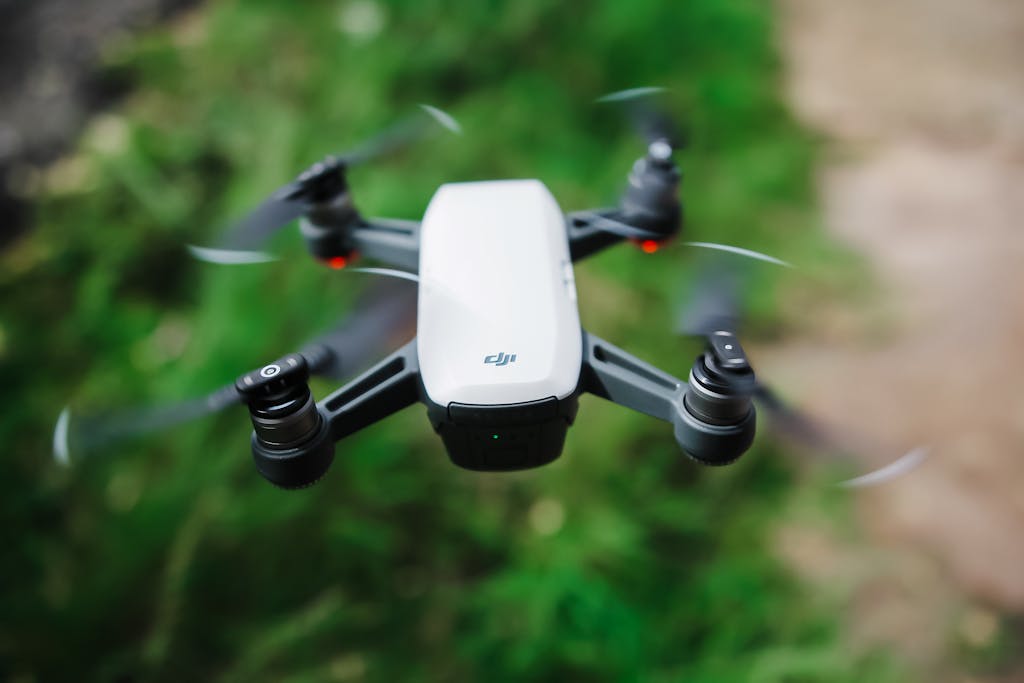
Privacy Invasion or Public Safety?
The erosion of privacy rights for someone on probation under drone surveillance:
- Continuous Observation “There’s no real ‘inside’ anymore,” explains privacy attorney James Morrison. “Modern thermal imaging means walls provide little privacy from surveillance drones.”
- Data Collection Every movement, visitor, and activity is logged, analyzed, and stored. This data can be:
- Used to predict future behavior
- Shared across agencies
- Analyzed for pattern recognition
- Stored indefinitely
- Family Impact “My kids can’t even play in their own backyard without being recorded,” reports Tom M., a father on probation. “They’re serving time with me.”
The balance between supervision and basic human dignity becomes increasingly blurred as technology advances. Former judge Patricia Martinez notes, “We’re creating a system where rehabilitation becomes secondary to surveillance. When someone can’t even have a private conversation in their backyard or comfort a crying child without being monitored and analyzed, we have to ask ourselves: Are we preventing crime, or creating trauma that will echo through generations?”
The Machine Learning Threat
Modern surveillance drones employ sophisticated AI that:
- Learns Normal Patterns
- Daily routines
- Regular visitors
- Typical activities
- Sleep schedules
- Flags Anomalies
- Unexpected visitors
- Changes in patterns
- Unusual activities
- Social gatherings
- Predicts Behavior
- Likelihood of violations
- Risk assessment
- Social Connections
- Activity patterns
The implementation of AI-driven surveillance creates a peculiar paradox: the more “normal” you try to act, the more suspicious any deviation becomes. Michael R., six months into his probation, describes it succinctly: “I had a migraine and stayed in bed an extra two hours. The system flagged it as suspicious behavior because it didn’t match my ‘normal pattern.’ Now I feel pressure to maintain the same schedule every day, just to avoid triggering alerts. It’s like living in a performance, where the audience is an algorithm that never sleeps.”
The Future Is Here for Probation(And It’s Terrifying)
Emerging technologies being implemented:
- Swarm Monitoring Multiple drones work together to provide continuous coverage
- Predictive Analytics AI systems that attempt to forecast probation violations before they occur
- Behavioral Modification Systems designed to influence behavior through constant surveillance pressure
- Integration with Smart Cities Connection to traffic cameras, public WiFi, and other monitoring systems
As we stand on the brink of this new era in surveillance technology, the human elements become increasingly overshadowed by algorithmic efficiency. Lisa Chen, a civil rights attorney specializing in surveillance cases, warns: “We’re not just monitoring people anymore – we’re reshaping human behavior to fit machine learning models. The psychological impact of knowing that artificial intelligence is constantly evaluating your ‘normalcy’ creates a form of automated social control that we’ve never seen before in human history.”
Practical Considerations for Those on Probation
Understanding your supervision situation:
- Documentation requirements
- Communication with probation officers
- Privacy protection measures
- Complaint procedures
- Rights and restrictions
Protecting Yourself on Probation(While Staying Compliant)
Legal ways to maintain some privacy while on Probation:
- Know Your Rights
- Request detailed surveillance policies and schedules from your supervision/probation officer if they are utilizing drone surveillance (this is important)
- Obtain written documentation of all data collection practices and retention policies regarding this
- Learn specific appeal procedures for false violations due to drone surveillance
- Document every interaction with surveillance systems
- Understand your rights regarding religious and medical privacy
- Know which activities are protected from monitoring
- Request regular data access reports
- Understand third-party data-sharing policies
Example: Mark successfully challenged a probation violation when a drone monitored his religious gathering. Because he had previously obtained written confirmation that religious activities were protected from surveillance, the probation violation was immediately dismissed. “Having that documentation ready made all the difference,” Mark explains.
- Physical Privacy Measures
- Install approved window coverings (specific types are usually listed in guidelines)
- Create permitted outdoor structures like pergolas or shade sails
- Use authorized privacy screens for designated outdoor areas
- Choose appropriate clothing that doesn’t trigger AI alerts
- Maintain approved landscaping for minimal privacy
- Create designated “private areas” with officer approval
- Use allowed signage to mark property boundaries
- Install permitted lighting to reduce thermal imaging accuracy
Example: Jennifer worked with her probation officer to install an approved pergola in her backyard. “It gives my kids a space to play where they don’t feel watched constantly,” she says. “We had to submit exact specifications and materials for approval, but having that small piece of privacy was worth the effort.”
- Documentation Practices
- Maintain a detailed daily log of all activities
- Record every drone sighting with time, duration, and behavior
- Document all false alerts and system errors
- Keep records of how the surveillance affects family members
- Save all communication with probation officers
- Photograph or video any unusual drone behavior
- Track pattern changes in surveillance
- Keep medical documentation for privacy requirements
Example: David created a simple spreadsheet logging system that saved him from a probation violation. “When drones flagged suspicious nighttime activity, I could prove it was my approved midnight shift at work. I had logged every shift change approval from my PO, complete with dates and reference numbers.”
- Psychological Well-being
- Work with approved therapists familiar with drone surveillance stress and anxiety
- Join support groups for monitored individuals
- Practice stress-management techniques
- Maintain family communication about surveillance impacts
- Create healthy routines within monitoring constraints
- Document emotional and psychological effects on your well-being
- Seek approved counseling for family members
- Build coping strategies for long-term monitoring
Example: Maria found relief through an approved support group for monitored individuals. “My anxiety was through the roof until I connected with others in the same situation,” she shares. “We developed collective coping strategies, like scheduled ‘drone-free’ indoor activities with our families, which helped maintain some sense of normalcy.”
Sarah, a mother of three under house arrest, implemented these protection strategies methodically. “Creating a detailed system where I documented things helped me feel more in control,” she shares. “When a drone falsely “flagged” my daughter’s birthday party as an unauthorized gathering, my records helped dismiss the violation immediately. It’s about finding ways to live normally while also accepting the abnormal reality of constant (drone) surveillance on probation”.
Frequently Asked Questions
Q1: Can drones monitor me 24/7?
While technically possible, most jurisdictions limit continuous surveillance. However, random monitoring can occur at any time.
Q2: Will robots replace probation officers eventually?
AI-assisted supervision is increasing, but human officers remain essential for decision-making and personal interaction. Complete automation is unlikely in the near future.
Q3: How accurate is drone surveillance?
Pretty damn accurate. Current systems claim 92% accuracy in detecting violations, but environmental factors and technical limitations can affect reliability.
Q4: Can I refuse drone monitoring?
Generally no. Acceptance of monitoring is typically a condition of probation or house arrest.
Q5: What happens if a drone misidentifies a violation?
Verification protocols require human review before action is taken. You have the right to dispute false positives. Again, you should not assume anything and be smart and document everything.
Q6: Can drones see inside my home?
Thermal imaging can detect heat signatures, but detailed interior visualization is limited by law.
Q7: How is collected data protected?
Agencies must follow strict data protection protocols, including encryption and limited retention periods.
Q8: What privacy rights do I maintain while under surveillance?
You retain basic privacy rights, including protection from unreasonable searches and monitoring of privileged activities.
Q9: Can drones detect if I’m using drugs or alcohol?
Advanced sensors can detect certain chemical signatures and behavioral patterns associated with substance use. Some agencies are testing breath analysis capabilities.
Q10: What happens to all the collected data?
Data retention policies vary, but most agencies store surveillance data for 3-7 years. This data can be used for pattern analysis, investigations, and behavior prediction.
Q11: Can drones monitor my phone or internet usage?
While drones themselves can’t directly monitor digital communications, they can detect device usage patterns and may be integrated with other monitoring systems.
Q12: Will this level of surveillance become the norm?
You can bet your ass it will only continue as current trends suggest increased adoption of automated surveillance technologies. Some jurisdictions are already testing more advanced systems.
Conclusion
The adoption, and integration of drone surveillance in probation and house arrest monitoring represents a significant shift in criminal justice supervision. While offering cost-effective monitoring solutions, it raises important privacy concerns and challenges for those under that supervision. Understanding your rights and responsibilities in this new landscape is crucial for the successful completion of supervision terms.
While proponents argue these monitoring systems increase compliance and reduce costs, the human cost is substantial and often overlooked. Especially as this affects and neglects the rights of one of the most ignored classes of individuals – that of someone who has been affected by the criminal justice system.
Consider this statement from Dr. Elena Rodriguez, a criminal justice reform advocate: “We’re creating a surveillance state within a state, where certain citizens live under constant fear and stress, brought on by AI-powered observation. The psychological impact of this technology will be studied for generations with the mass effects.”
Remember: Knowledge and documentation are your best defenses in this new age of automated supervision.
Key Recommendations:
- Maintain detailed records of monitoring activities
- Understand your jurisdiction’s specific policies
- Communicate proactively with supervision officers
- Know your privacy rights and limitations
- Stay informed about technology developments
As we move forward, the question isn’t just about compliance or supervision – it’s about fundamental human rights and dignity in an age of automated surveillance. For those already under heavy supervision (probation or house arrest), understanding and adapting to this new reality isn’t optional – it’s survival.
